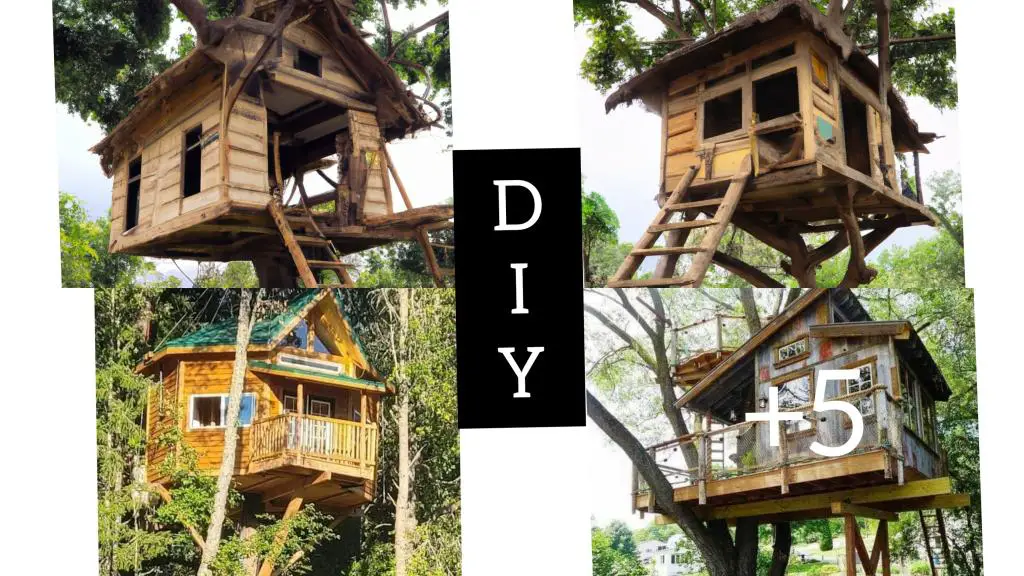How to build tree house? Building a treehouse requires some planning and a good understanding of carpentry and tree health. Here are some basic steps to follow:
Choose a suitable tree: Look for a healthy, sturdy tree with strong branches that can support the weight of the treehouse. Avoid trees with rot, pests or disease.

Plan the design: Consider factors such as the size, shape, and location of the treehouse. Draw a detailed plan, including the size of the platform, the type of roof, and the location of the door and windows
Gather materials: Purchase or gather the necessary materials, such as lumber, nails, screws, and hardware.
Build a foundation: Create a stable foundation for the treehouse by building a platform using 4x4s or other sturdy lumber. Secure the platform to the tree using lag bolts.
Construct the walls and roof: Follow the plans to construct the walls and roof of the treehouse. Make sure to use strong, weather-resistant materials.
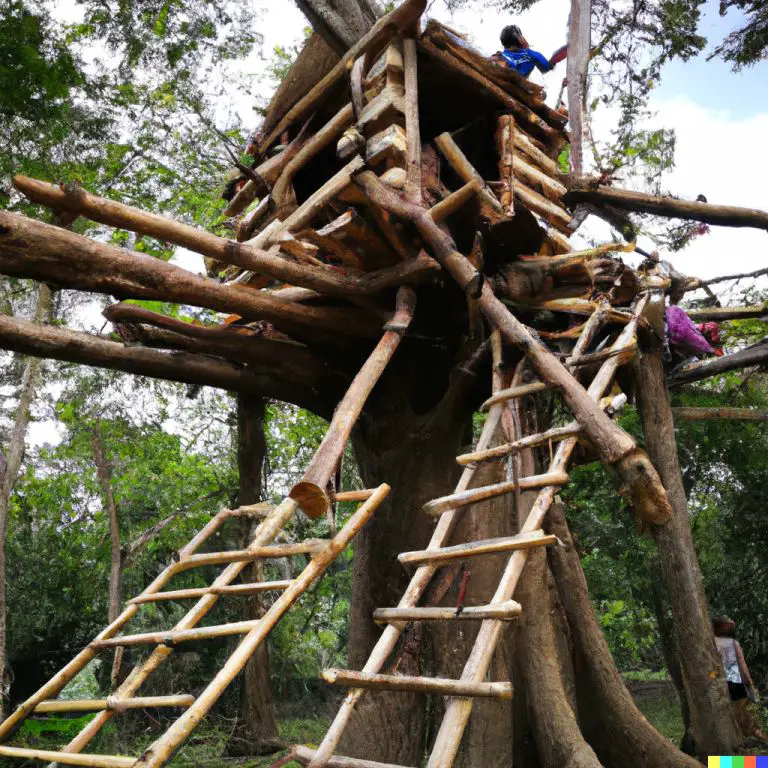
Finish the treehouse: Add any additional features such as windows, a door, and a ladder or staircase for access.
Regularly maintain: Regularly inspect and maintain the treehouse to ensure it remains safe and secure.
When choosing a tree for a treehouse, it’s important to select a healthy, sturdy tree with strong branches before deciding how to build tree house that can support the weight of the treehouse. Some types of trees that are commonly used for treehouses include:
- Oak: Oak trees are known for their strength and durability, making them a popular choice for treehouses. They have a strong branching structure, and their thick bark helps protect the tree from damage.
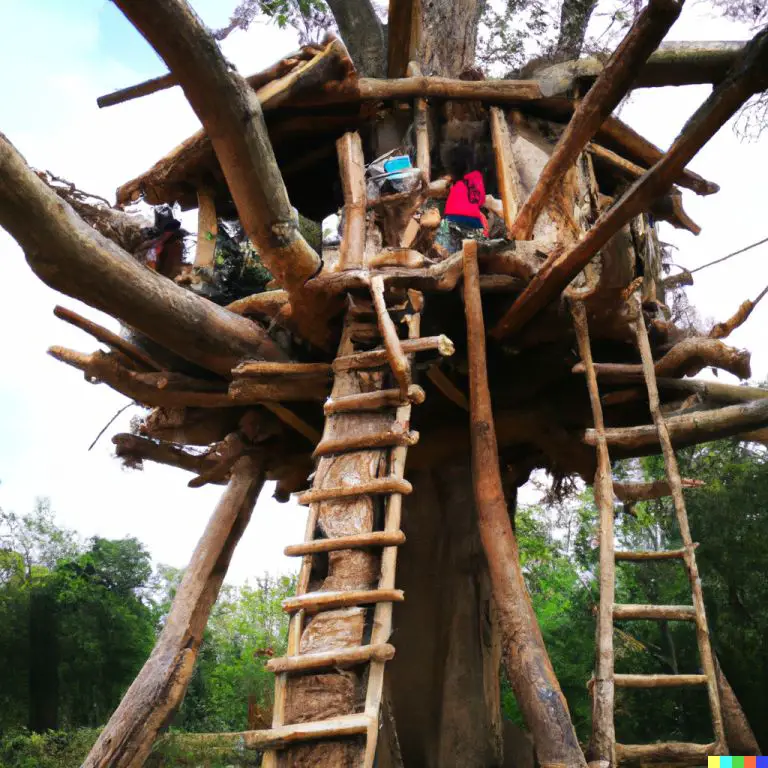
- Maple: Maple trees are known for their strength and stability. They have a strong branching structure and are able to support a lot of weight, making them a good choice for a treehouse.
- Douglas Fir: Douglas Fir trees have a strong branching structure and are able to support a lot of weight. They are also known for their resistance to rot, making them a good choice for a treehouse.
- Cedar: Cedar trees are known for their durability and resistance to rot. They have a strong branching structure and are able to support a lot of weight, making them a good choice for a treehouse.
- Pine: Pine trees are known for their strength and stability. They have a strong branching structure and are able to support a lot of weight, making them a good choice for a treehouse.
It’s important to note that not all trees are suitable for treehouses, and you should always consult with an arborist or professional before building a treehouse to ensure that the tree is healthy and able to support the weight of the treehouse.
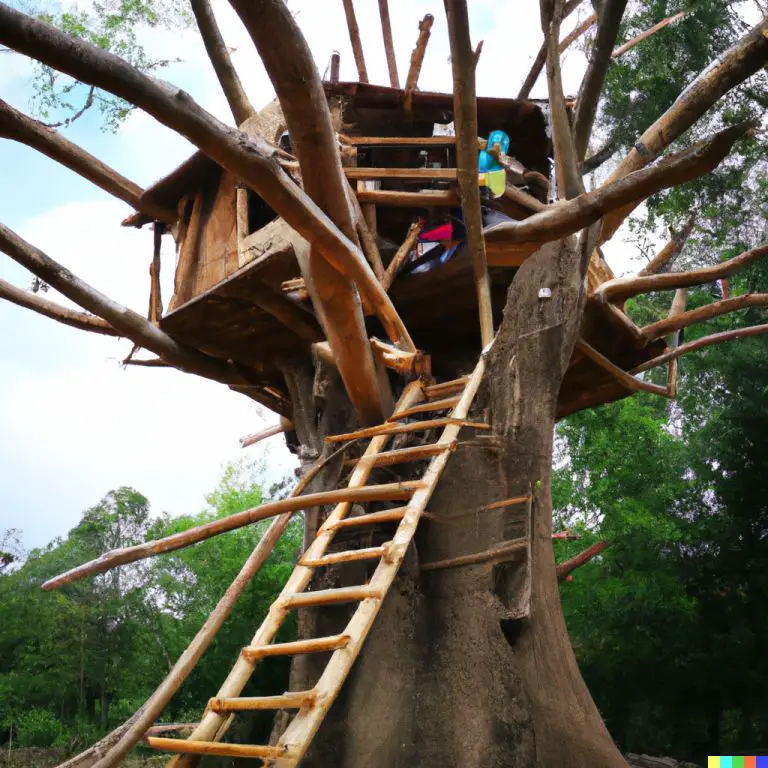
To draw a plan for a treehouse, you will need to take into account the following steps:
Start with the basic layout: Begin by sketching the basic layout of the treehouse, including the size of the platform, the location of the door and windows, and the type of roof.
Measure the tree: Measure the tree to determine the size of the platform and the location of the supporting branches. This will help you determine the size and shape of the treehouse.
Consider the access: Draw in the ladder or staircase that will be used to access the treehouse. Make sure it is safe and easy to use.
Add details: Add in details such as the type of roof, the location of the door and windows, and any additional features such as a balcony or deck.
Safety considerations: Incorporate safety considerations such as railings and guardrails to ensure that the treehouse is safe to use.
Review the plan: Review the plan to ensure that it is safe, functional, and meets all local building codes.
You can also use software like SketchUp, AutoCAD, or Sweet Home 3D to make a more detailed and accurate plan for how to build tree house.
When choosing materials for a treehouse, it’s important to select materials that are strong, durable, and weather-resistant. Some commonly used materials for treehouses include:
Lumber: Pressure-treated lumber is a popular choice for treehouses because it is strong, durable, and resistant to rot. You can use it for the floor, walls, and roof of the treehouse.
Hardware: Use galvanized or stainless steel hardware, such as nails, screws, and lag bolts, to ensure that the treehouse is secure and can withstand the elements.
Roofing materials: Use weather-resistant materials for the roof, such as metal, cedar shakes, or composite shingles. Make sure that the roofing material is strong enough to support the weight of the treehouse.
Windows and Doors: Use durable, weather-resistant windows and doors.
Safety Features: Consider incorporating safety features such as railings and guardrails to ensure that the treehouse is safe to use.
It’s important to note that building codes and regulations vary by location, so it’s important to check with your local building department to ensure that your treehouse meets all local building codes and safety regulations.
Additionally, it’s important to use eco-friendly materials, that can be removed without causing damage to the tree or the environment.
how to build tree house ?
Regular maintenance is important to ensure that a treehouse remains safe and secure for use. Here are some basic steps to follow before how to build tree house for regular treehouse maintenance:
Inspect the tree: Regularly inspect the tree to ensure that it is healthy and able to support the weight of the treehouse. Look for signs of rot, disease, or pests, and consult with an arborist if you notice any issues.
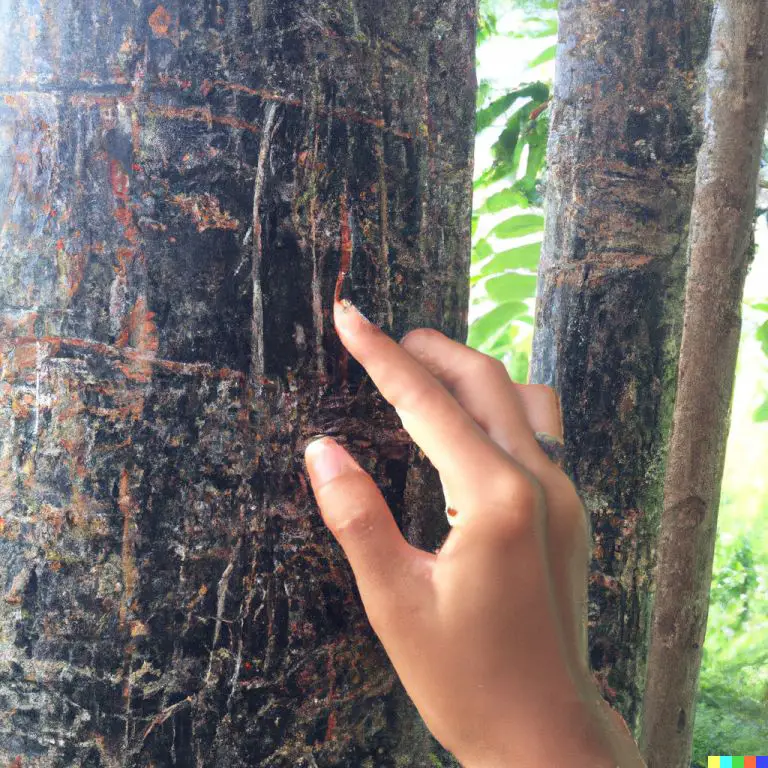
Check for structural damage: Inspect the treehouse for any signs of structural damage, such as rot or termite damage. Make sure that all connections and fasteners are secure, and repair or replace any damaged parts as necessary.
Clean and maintain the roof: Clean and maintain the roof of the treehouse to ensure that it remains watertight. Check for leaks and repair or replace any damaged shingles or other roofing materials.
Check the ladder or staircase: Regularly inspect the ladder or staircase that provides access to the treehouse and make sure it is stable and secure.
Check the safety features: Check and maintain safety features such as railings and guardrails to ensure that the treehouse is safe to use.
Clean and paint: Clean the treehouse and paint or stain it as needed to keep it looking good and protect it from the elements.
Regularly check for pests: Regularly check the treehouse for pests such as termites, ants, and other insects.
Simple Tree Houses Top 10 Ideas With Pictures.
By following these steps, you can help ensure that your treehouse remains safe and secure for use for many years to come.
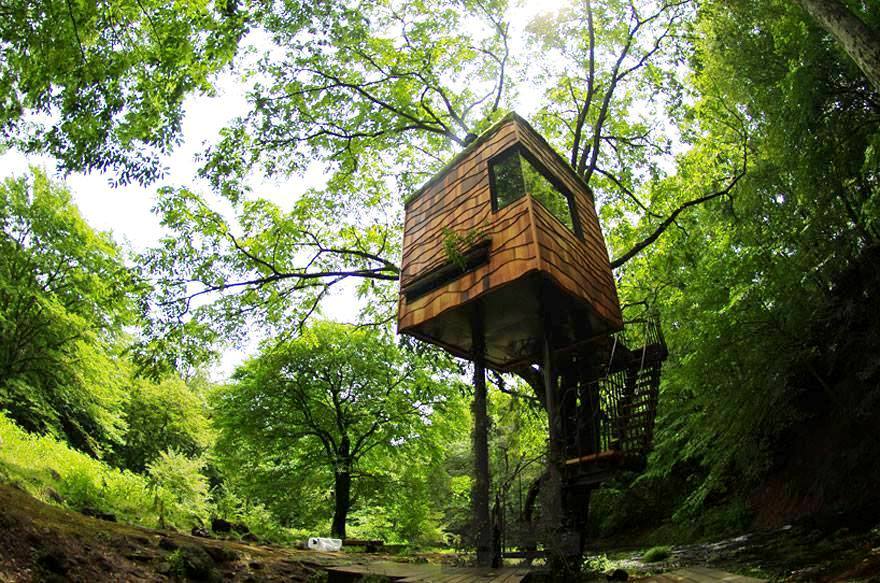
It’s important to note that if you’re not comfortable with the tools and techniques required for maintenance, it’s best to hire a professional carpenter.
Visit our facebook page for our previous project – click here
Note: The above information has been displayed by studying the available information as well as studying various internet sources i.e. Wikipedia, Google, Facebook, YouTube, current papers and related books. This information is displayed for general public awareness and we do not necessarily own all the rights to this information and if you own this content contact us for credit.

